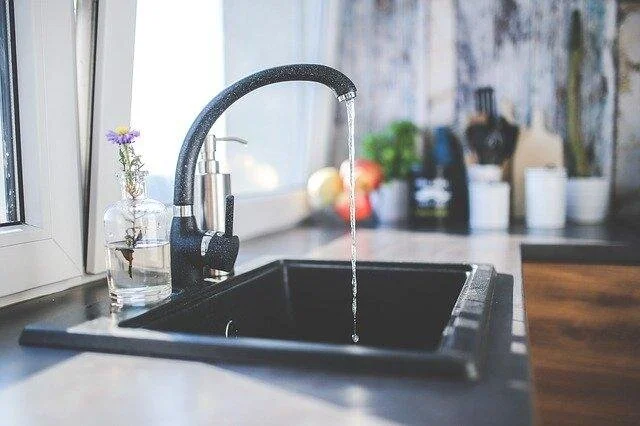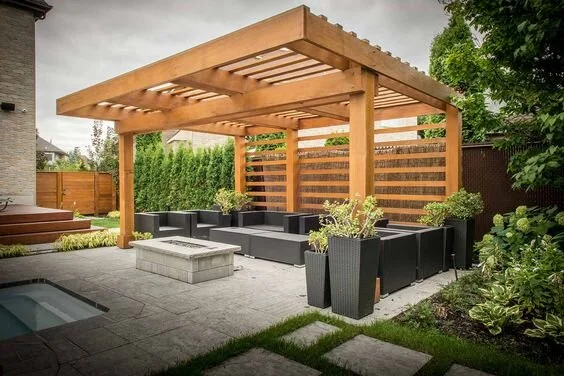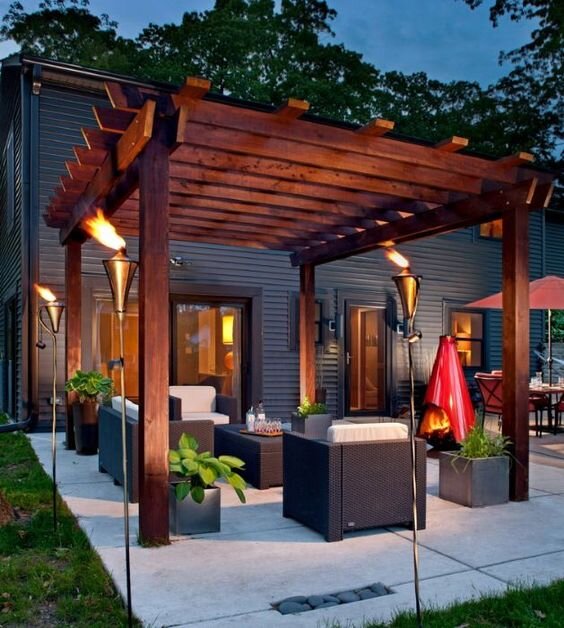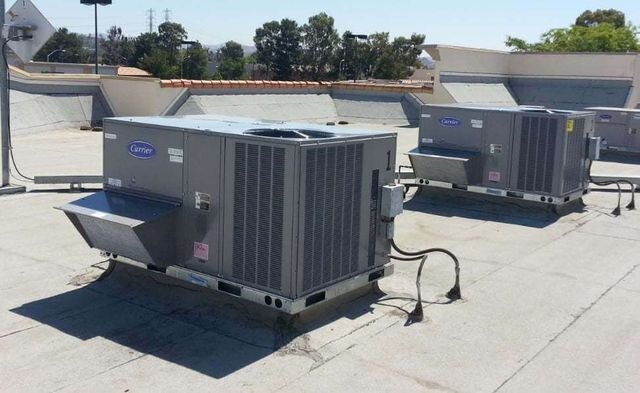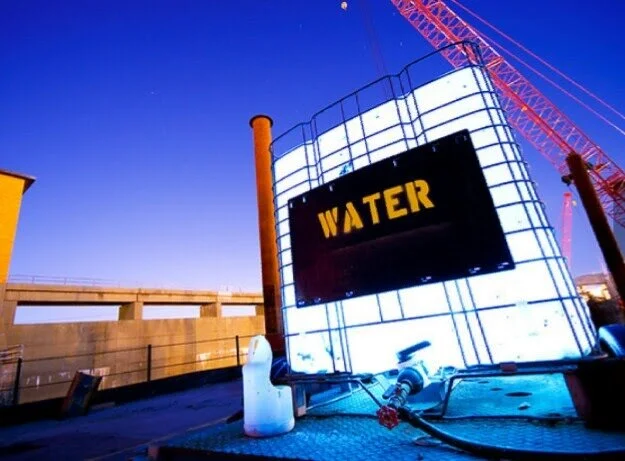Steps You Need To Take To Recover From Fire Damage in Your Home
RH Business Marketing Solutions
Seeing your home on fire can’t be easy.
Even if only a portion of it burns down, it’s still painful to witness something you worked so hard to acquire or build go up in flames.
Then again, there isn’t much you can do while the fire is still ongoing. By the time firefighters declare the fire under control, your home will have already sustained fire damage.
What’s critical is what you do once the fire is out.
You will need to take steps toward fire damage restoration, among other things, and ensure that you and your family will recover from the disaster just fine.
Secure Your Family and Find A Place To Stay
Whether it’s a fire or some other disaster that strikes your home, your top priority is to ensure your loved ones' safety. Make sure that everyone is safe, then find a place to stay not only for the night but for some time, depending on the degree of fire damage to your home.
Whether you decide to stay at a hotel or with relatives or friends, you will need to check your home insurance policy if you have one. A standard homeowners insurance policy has an ALE or additional living expenses provision, which will pay for your meals, hotel bills, and other expenses you incur while your home is under repair.
Call Your Insurance Provider
Another important thing you must do after—or even during—a fire in your home is to place a call to your insurer. Since fire is a covered peril in a standard home insurance policy, it’s best to give your provider a heads up that you will be filing a claim so the entire process can start as soon as possible.
With your home insurance coverage, you will have the money not only to pay for the cost of repairing the damaged parts of your home but also to replace the personal belongings you lost in the fire. Furniture, appliances, clothing, computers, and other possessions are usually covered by home insurance.
Wait Until It’s Safe To Enter Your Home
Naturally, you would want to enter your home as soon as possible, but you can’t do that right away, given that it’s still dangerous to do so. Aside from the heat, soot, and fumes, your home's structural integrity may have been compromised by the blaze.
Wait until the proper authorities declare the area safe before entering your home to try to salvage some of your belongings or assess the extent of the fire damage.
Ask For Police Assistance In Securing Your Home
If your house was only partially burned, that means some of your belongings could still be intact.
With you staying elsewhere for the next few days at the very least, your home could become a very attractive target for burglars or looters.
You also run the risk of coming home to the sight of squatters in your living room, drawn by your conspicuous absence from the premises.
Contact the police, who can lend some assistance in securing your home for the days that you’re not there.
Document All Fire Damage
When it’s safe to enter your home, document all the fire damage. Proper documentation is extremely important for insurance purposes, so take photos and videos of charred walls, collapsed ceilings, and any other evidence of the fire.
Call Your Utility Providers
In all likelihood, you never had the time or opportunity to switch your gas or electrical mains off at the onset of the fire that hit your home.
In any case, firefighters will be doing that as they put out the fire, you still need to call your utility providers and inform them of what happened.
Wait for word from the fire department if it’s safe to turn on the gas and electricity. Under no circumstances should you switch them on without their say-so.
Contact A Fire Damage Restoration Company
While you can always personally take on the gargantuan tasks of cleaning up the fire damage to your home and restoring it to the way it was before the fire hit, it would still be best to leave them all in the hands of professional fire damage restoration specialists.
A fire damage restoration company is staffed by well-trained, extensively-experienced, and well-equipped technicians who know every technique necessary to perform excellent fire damage cleanup and restoration. By the time they’re done, you can be sure that your home will look like a fire that never hit it at all.
Guest Contributor: Rachel Anderson







